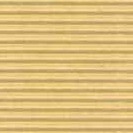

![]()

![]()


Some of the best fine arts papers are handmade, usually coming in a number of standard sizes:
| Size Name | Standard | Inches | Millimeters |
| A10 | Int. Stan. Org. (ISO) | 1.02 x 1.46 | 26 x 37 |
| B7 | USA | 3 x 5 | 76 x 102 |
| Crown Octavo | Imperial | 7 1/8 x 4 3/4 | 181 x 121 |
| Foolscap quarto | Imperial | 8 1/8 x 6 1/2 | 206 x 165 |
| A | Amer. Nat. Stan. Inst. | 8 1/2 x 11 | 216 x 279 |
| Demy Octavo | Imperial | 8 3/8 x 5 3/8 | 213 x 137 |
| Arch-A | USA | 9 x 12 | 229 x 305 |
| Royal octavo | Imperial | 9 1/2 x 6 | 242 x 152 |
| Arch-B | USA | 12 x 18 | 305 x 457 |
| Foolscap folio | Imperial | 13 1/8 x 8 1/4 | 333 x 210 |
| Arch-C | USA | 18 x 24 | 457 x 610 |
| Demy | Imperial | 23 x 18 1/2 | 584 x 470 |
| Arch-D | USA | 24 x 36 | 610 x 914 |
| Princess | Imperial | 28 x 21 1/2 | 711 x 546 |
| Imperial | Imperial | 30 x 22 | 26 x 37 |
| E | Amer. Nat. Stan. Inst. | 34 x 24 | 864 x 1118 |
| Arch-E | USA | 36 x 48 | 914 x 1219 |
| Double Elephant | Imperial | 40 x 27 | 1016 x 686 |
| Antiquarian | Imperial | 53 x 21 | 1346 x 533 |
Two traditional sizes of paper for Japanese prints are chuban
— c. 11 x 8 inches — and oban
— c. 15 x 10 inches. Writing papers contain a water-resistant
substance such as rosin to prevent the spreading of ink. Kraft paper, made chemically
with sulfate, is used for bags and wrapping papers because of
its strength.
Crude papers were being made in China by c. 100 BCE, although a man named Tsai Lun received praise from the emperor in 105 CE for his methods of making paper from tree bark, hemp, remnant rags, and fishing nets. The forerunners of European paper were papyrus in ancient Egypt, and parchment from Roman times through the Middle Ages. The first paper mill in the Muslim world was established at Samarkand in 751 CE, two Chinese prisoners having revealed the technique of papermaking to their captors. The Moors introduced the papermaking process into Spain c. 1150. By the fifteenth century in Europe, paper mills were widely established, and paper was often used as a support for works of art, as well as for the books printed with the just-invented movable-type, and for the prints being made by the new technique called engraving.
Papers are most often joined with adhesives, staples, or tapes.
Also see blot, book, bristol board, card or cardboard, cartridge paper, Chinese art, corrugated, embossed, ephemera, fold, frisket, glassine, graphic arts, graphic design, guillotine, illustration board, incunabulum, laid, letterhead, marbling, oaktag, packaging, papermaking, papier-collé, papier- mâché, parchment, philately, positive, prints and printmaking, scissors, tissue paper, translucent, vellum, watermark, and wove.
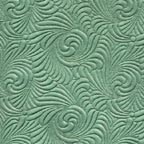
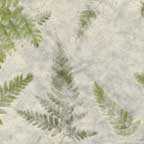
![]()
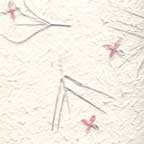
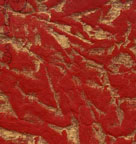
![]()
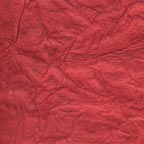

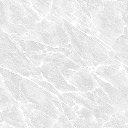
![]()
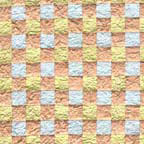
![]()


https://inform.quest/_art
